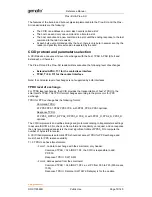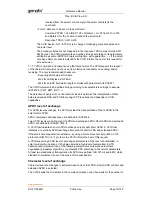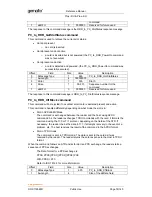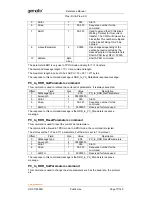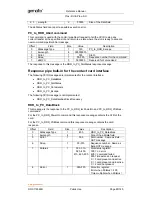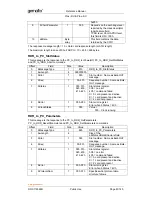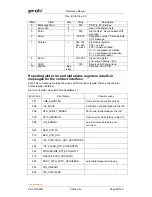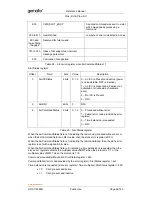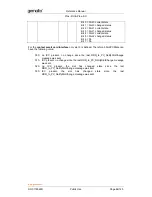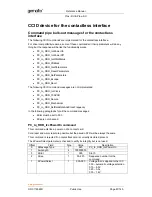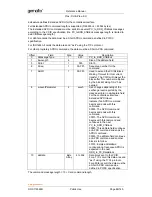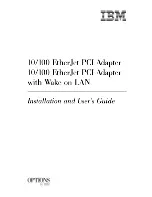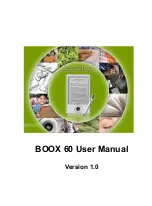
Reference Manual
Prox–DU & Prox–SU
www.gemalto.com
DOC118569D
Public Use
Page 74/145
characters (if not null) indicated in the command.
For character level exchange between the host and the CCID, the CCID supports
asynchronous characters communication with the smart card as per ISO7816-3 including
timings defined in ISO7816-3 for T = 0 and for T = 1. To respect timing the CCID shall use
the defined parameters.
The CCID implements the character frame and character repetition procedure when T = 0 is
selected.
Suspend behavior
When resuming from a USB suspend, the host/driver will assume that all the smart cards
have been deactivated (powered down).
When the USB bus suspends, CCIDs are not required to deactivate inserted smart cards,
but may do so; however, after the USB bus resumes, CCIDs must respond to the host as if
all of the inserted smart cards had been deactivated and newly inserted.
After resuming, the CCID will do two things in no particular order.
1. Send the RDR_to_PC_NotifySlotChange message to inform the driver which slots have
“newly inserted" cards.
2. The CCID will reactivate the smart cards only from a PC_to_RDR_IccPowerOn message
from the driver or automatically if the CCID has the "automatic activation on insertion"
feature. Note: When reactivating, all slot parameters initially revert back to the defaults.
CCID device for the contact interface
Command pipe bulk-out message for the contact card
interface
The following CCID commands are implemented for the contact interface:
•
PC_to_RDR_IccPowerOn
•
PC_to_RDR_IccPowerOff
•
PC_to_RDR_GetSlotStatus
•
PC_to_RDR_XfrBlock
•
PC_to_RDR_SetParameters
•
PC_to_RDR_GetParameters
•
PC_to_RDR_ResetParameters
•
PC_to_RDR_Escape
•
PC_to_RDR_Abort
The following CCID commands are not implemented:
•
PC_to_RDR_IccClock
•
PC_to_RDR_T0APDU
•
PC_to_RDR_Secure
•
PC_to_RDR_Mechanical
•
PC_to_RDR_SetDataRateAndClockFrequency
In the following paragraphs for all the command messages:
Summary of Contents for Prox-DU
Page 4: ......













